2009’s League of Legends is an online team-based with over 140 champs battle arena video game developed and published by Riot Games. It’s one of the most played online games that has been played across the globe, but it has some bugs or issues. With their recent update, some players are experiencing multiple issues with League of Legends, and the Screen Flickering or Tearing Issue on PC is one of them.
Now, if you’re also one of the victims of such an issue, don’t worry because here, we’ve shared the troubleshooting guide for you that should help you out. For years, screen flickering, tearing, or even freezing has been shared among PC games. Whatever game you’re playing, you might encounter such issues on multiple occasions. But there are some ways to fix this issue that you can check out quickly.
Also Read
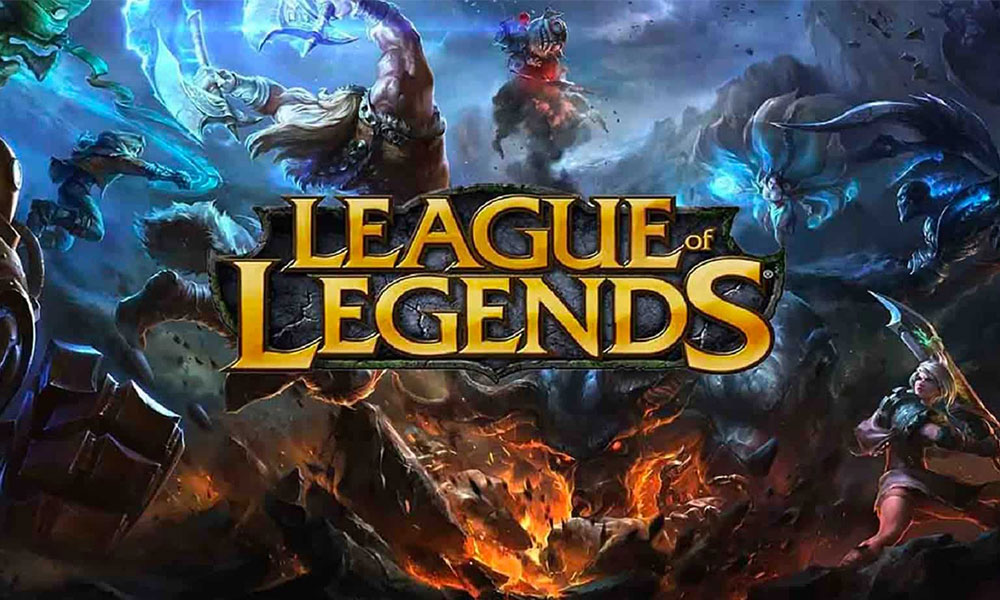
Page Contents
- Fix: League of Legends Screen Flickering or Tearing Issue on PC
- 1. Enable V-Sync in Nvidia Control Panel
- 2. Try Lowering In-Game Graphics Settings
- 3. Update GPU Drivers
- 4. Close Unnecessary Background Tasks
- 5. Check Your Internet Connection
- 6. Update League of Legends
- 7. Verify the Integrity of Game Files
- 8. Set High Performance in Power Options
- 9. Set High Priority in Task Manager
- 10. Update Windows
Fix: League of Legends Screen Flickering or Tearing Issue on PC
Suppose you’re facing the screen flickering or tearing issue while playing the multiplayer game modes, during specific sessions, or even during checkpoints. In that case, you should check whether your internet connection works properly. Sometimes in-game graphics settings may also trigger these issues whatsoever. Some reports also show that screen shimmering occurs during the cutscenes.
Whereas it’s also worth recommending cross-checking the V-Sync option for the League of Legends game because that can trouble you a lot for some titles on the PC. So, follow all the methods individually until the problem gets fixed for you. Now, without wasting any more time, let’s jump into it.
1. Enable V-Sync in Nvidia Control Panel
It’s recommended to turn on the Vertical Sync feature on your Nvidia Control Panel app for the League of Legends game to avoid graphical glitches up to some extent. Remember that this method only applies if you use an Nvidia graphics card.
- Launch the Nvidia Control Panel from the Start menu. If it’s not installed, go to Microsoft Store and install it.
- Go to ‘3D Settings’ > Select ‘Manage 3D settings’ in the Nvidia Control Panel interface.
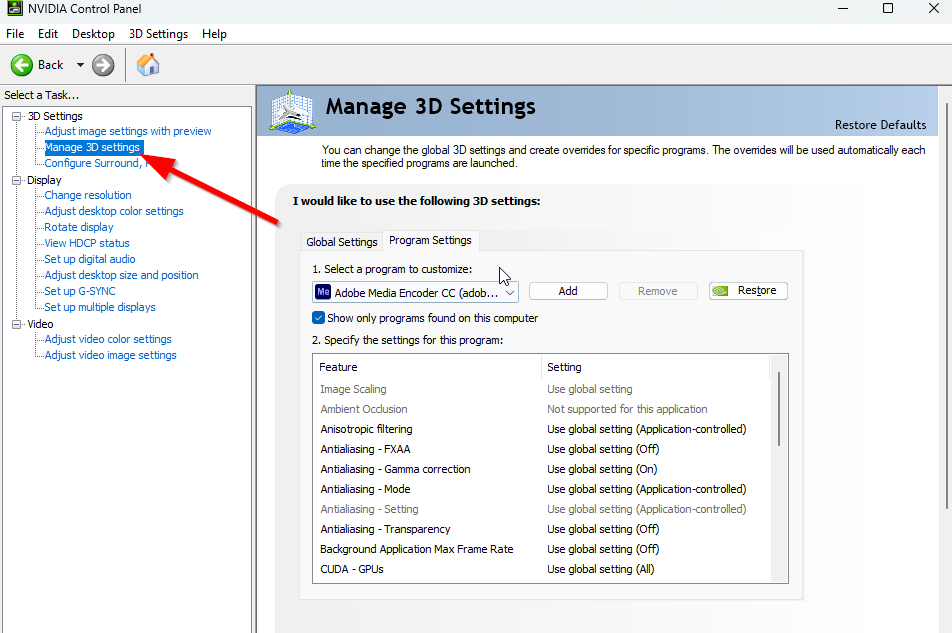
- Select ‘Program Settings’ > Click on ‘Add’ and select ‘League of Legends’ from the list of programs on your PC.
- If the game application isn’t listed, then click on ‘Browse’ and head over to the installed League of Legends directory on the drive. Simply locate the League of Legends folder and add the League of Legends.exe application > Then make sure to select the game in the list and add it.
- Now, scroll down to ‘Vertical sync’ > Click on it and select ‘On’ to enable it. This will force the League of Legends game to use V-Sync every time.
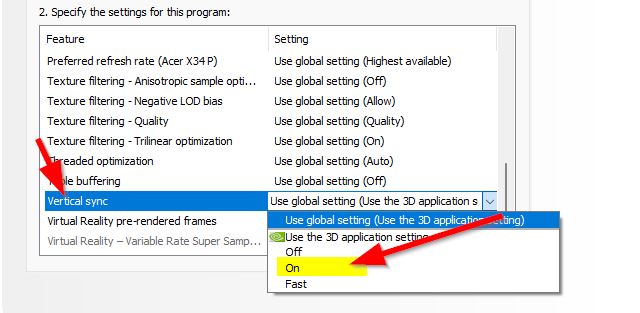
- Restart your computer to apply changes and play the game to check for the issue again.
2. Try Lowering In-Game Graphics Settings
First, you should try lowering the in-game graphics settings on your PC or console to check if that helps you fix the frame drops or stuttering issues. Try turning off some of the display settings for the League of Legends game, such as texture details, shadow effect, v-sync, anti-aliasing, etc. This should improve the FPS count and performance/smoothness in gameplay.
3. Update GPU Drivers
If in case, you haven’t updated your graphics driver on the Windows computer, make sure to install the latest patch version. To do so, you’ll need to check for available updates by following the steps below:
- Press Windows + X keys to open the Quick Link Menu.
- Now, click on Device Manager from the list > Double-click on Display adapters.
- Right-click on the dedicated graphics card that you’re using.
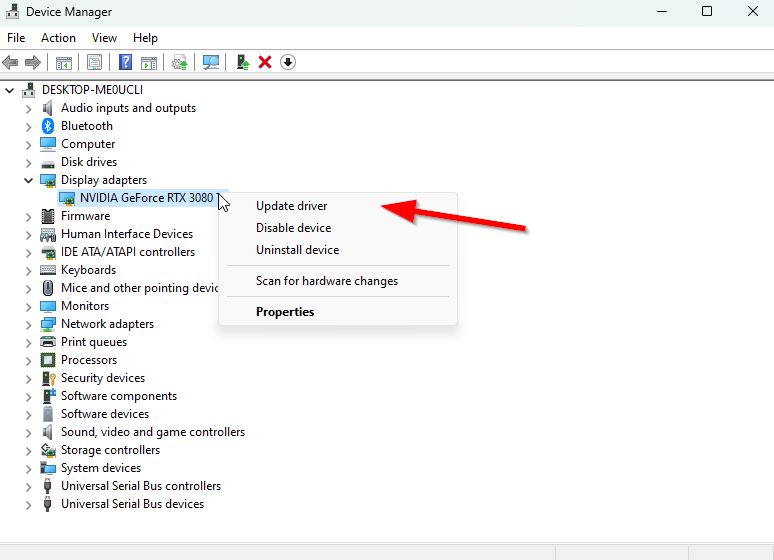
- Next, select Update driver > Choose to Search automatically for drivers.
- If an update is available, the system will automatically download & install it.
- Once done, restart the computer to apply changes immediately.
4. Close Unnecessary Background Tasks
Another thing you can do is simply close unnecessary background tasks on your PC to ensure there is no additional consumption of system resources happening in the background. Make sure to keep League of Legends, Steam, and other system-related tasks running. To clear out background tasks:
- Press the Ctrl + Shift + Esc keys to open Task Manager.
- Click on the Processes tab > Select the task you want to close.
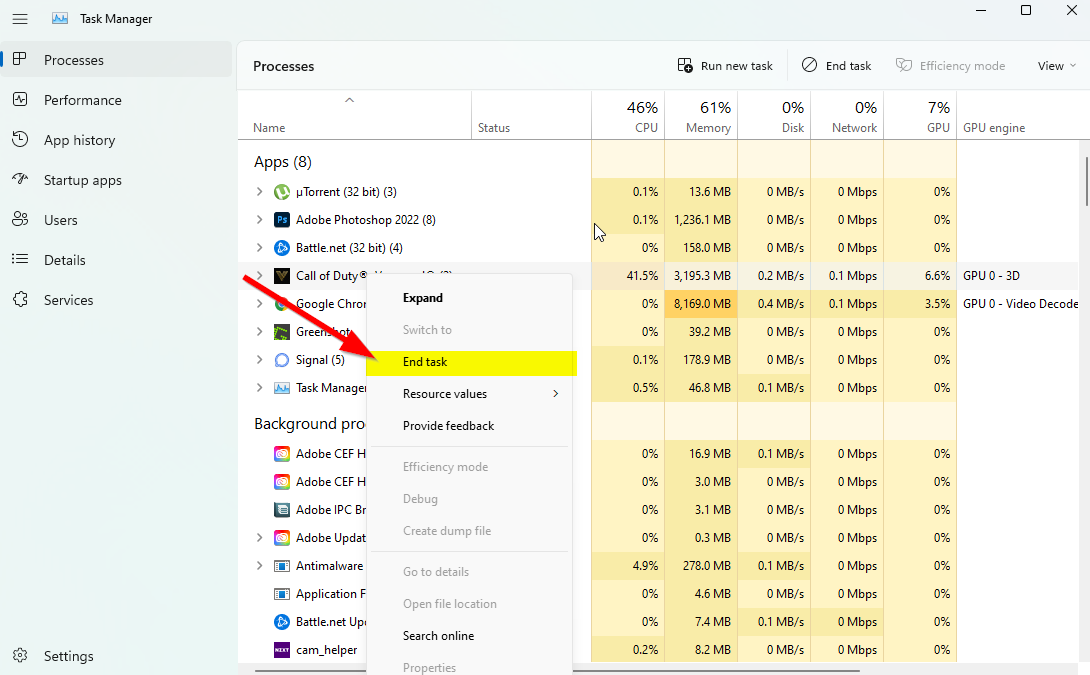
- Once selected, click on End Task. Make sure to do the steps for each task individually.
- Finally, just restart your computer to change effects immediately, and check for the League of Legends screen flickering or tearing issue.
5. Check Your Internet Connection
You should also try checking for the internet connection on your PC and whether it’s running well. A slower internet speed or unstable connectivity can cause issues with the game launching or fetching data from the server. You can also try switching the internet connection from wired (ethernet) to wireless (Wi-Fi) to cross-check the network connectivity problem.
If your IP address has some issues or your DNS address is troubling you a lot, then make sure to use the Google DNS address on the PC to avoid rubberbanding connection or stuttering, or even lagging issues which can happen due to slow internet.
6. Update League of Legends
Sometimes an outdated game version can also bring multiple bugs or issues. Updating your League of Legends game is better by following the steps below. If an update is available, then install the latest patch. To do this:
- Open the League of Legends Launcher: The launcher should automatically start checking for updates as soon as you open it. If an update is available, it will start downloading and installing it.
- Wait for the Update: If an update is available, it may take some time to download and install, depending on the update size and your internet connection. Please do not close the launcher during this time, as it may disrupt the process.
- Check the Status: You can check the update’s progress at the launcher’s bottom. It will tell you how much of the update has been downloaded and installed.
- Start the Game: Once the update has been completed, you can click the “Play” button to start the game.
7. Verify the Integrity of Game Files
If, in case, there is an issue with the game files and somehow it gets corrupted or missing, then make sure to perform this method to check for the problem quickly.
- Go to the game installation folder > Run the lol.launcher.admin executable file.
- If prompted by UAC, click on Yes to grant the admin privilege.
- Click on the cogwheel icon > Select Initialize Full Repair.
- Wait for the process to be completed.
- Once done, try rerunning the game to check for the issue.
8. Set High Performance in Power Options
If, in case, your Windows system is running on the Balanced mode in Power Options, just set the High-Performance mode for better results. However, this option will take higher power usage or battery usage. To do this:
- Click on the Start Menu > Type Control Panel and click on it from the search result.
- Now, go to Hardware and Sound > Select Power Options.
- Click on High Performance to select it.
- Make sure to close the window and fully shut down your computer. To do this, click on the Start Menu > Go to Power > Shut Down.
- Once your computer is turned off, you can recharge it.
9. Set High Priority in Task Manager
Make your game priority in the higher segment via the Task Manager to tell your Windows system to run the game properly. To do this:
- Right-click on the Start Menu > Select Task Manager.
- Click on the Processes tab > Right-click on the League of Legends game task.
- Select Set Priority to High > Close Task Manager.
- Finally, run the League of Legends game to check if it is crashing on the PC.
10. Update Windows
Updating the Windows OS build is essential for PC users and gamers to reduce system glitches, compatibility issues, and crashes. Meanwhile, the latest version mostly includes additional features, improvements, security patches, etc. To do that:
- Press Windows + I keys to open up the Windows Settings menu.
- Next, click on Update & Security > Select Check for updates under the Windows Update section.
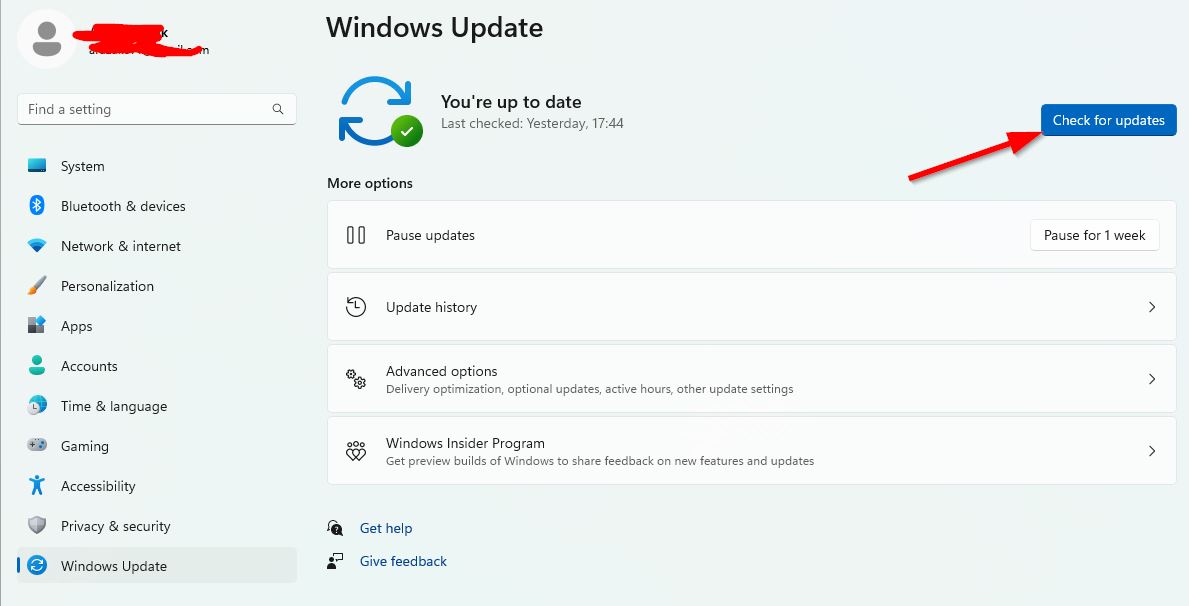
- If there is a feature update available, select Download and install.
- It may take a while to complete the update.
- Once done, restart your computer to install the update.
That’s it, guys. We assume this guide was helpful to you. For further queries, you can comment below.
